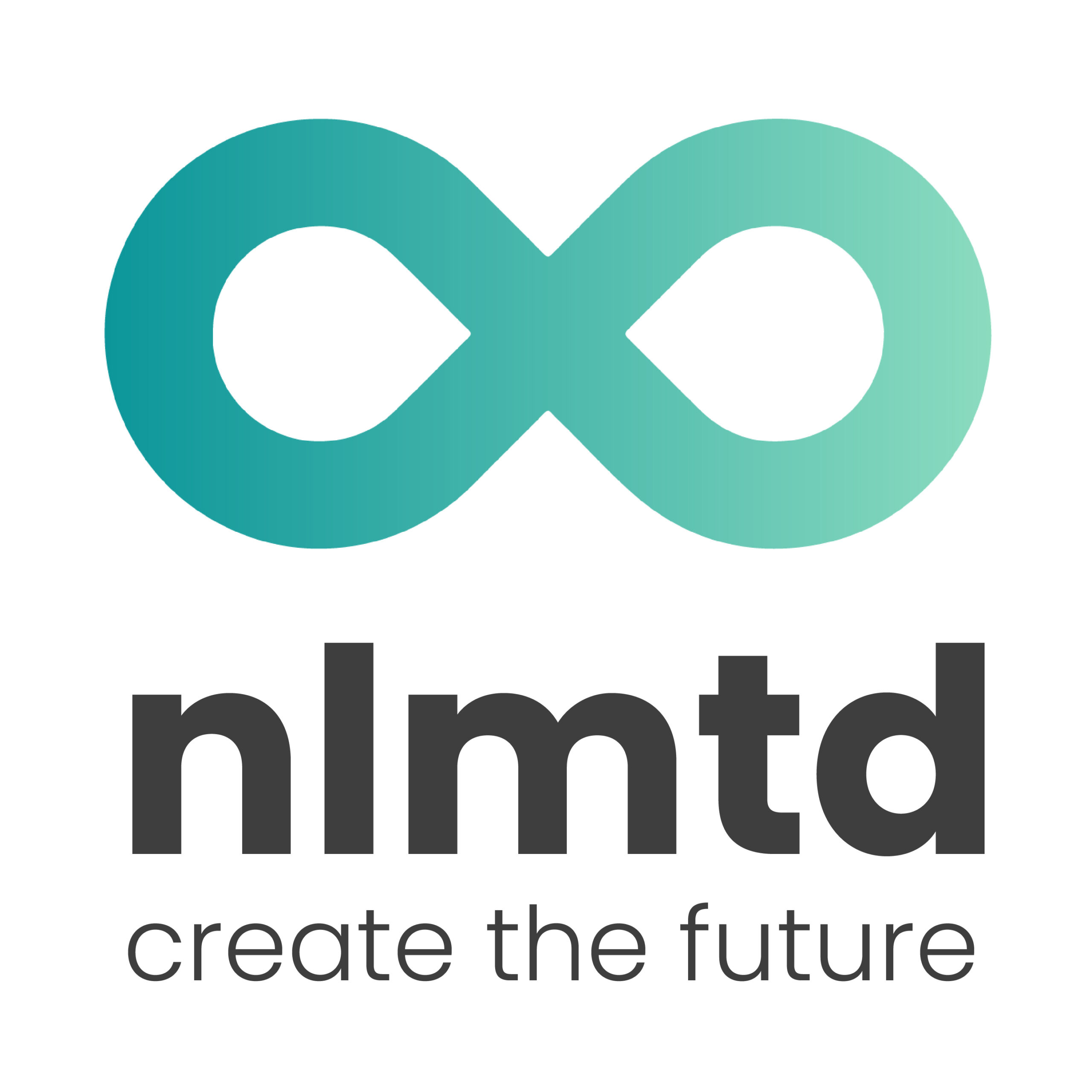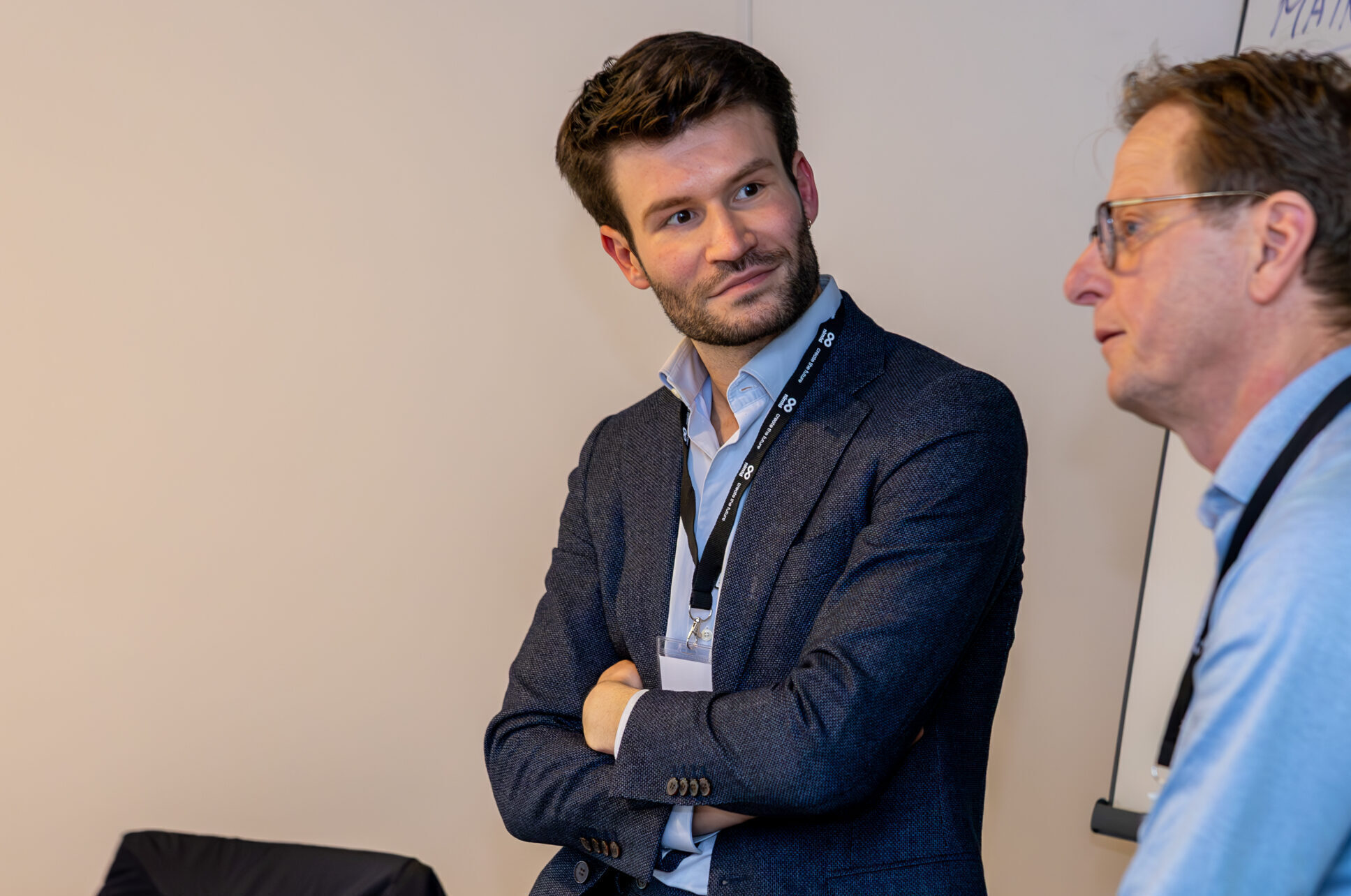Korik Alons
Co-founder
Korik Alons is an expert in strategy development and execution. He has a background in applied mathematics and business administration and serves as a partner at nlmtd. Korik has 10 to 15 years of experience as a strategist and consultant for various organizations, both nationally and internationally, with a strong track record. He is also an experienced program manager with a deep passion for sustainability and innovation.
Share this article
The Port of Rotterdam, the largest seaport in Europe, handles approximately 30,000 seagoing vessels each year. As a major energy hub, the port accounts for approximately 13% of the European Union’s total energy demand, primarily sourced from fossil fuels, including crude oil and coal. This position gives Rotterdam a crucial role in the European energy landscape. However, the challenge remains: how can an energy-driven giant like this secure a sustainable future?
During the “Create the Future 2025” event, Douwe van der Stroom, Head of Smart Energy & Industry, discussed strategies for managing the energy transition in a complex and large-scale environment, such as the Port of Rotterdam—specifically, how to effectively coordinate this transition.
Transition is well underway
The energy transition at the port is not just a vision for the future; it is a daily reality. Currently, more than 70 projects are underway, working together to develop the energy system of tomorrow. These initiatives prioritize the efficient use of infrastructure, a shift to sustainable sources such as green electricity and hydrogen, the use of biofuels, and the promotion of more sustainable transportation.
As the European Commission states: “Without taking action, we put our well-being, our environment, and our freedom at risk.”
How Digital Projects Also Make a Difference
Two projects clearly illustrate how digitalization and smart systems can hasten the energy transition.
Project Starlings
Project Starlings utilizes digital solutions and market-based trading systems to optimize infrastructure utilization, reduce peak demand, and alleviate grid congestion. Furthermore, the new Virtual Energy System is designed to facilitate more informed decision-making. By creating a ‘digital twin,’ it enables the analysis of various scenarios, providing companies and policymakers with insights into the effects of their decisions within energy clusters.
A Strategy That Works
In addition to technological innovation, strategy is crucial. In partnership with nlmtd, the Port of Rotterdam Authority has developed an approach that organizes coordination and cooperation across three dimensions:
- Social – Engage stakeholders to gain support and accelerate the transition.
- Digital – Utilize data and technology effectively to optimize energy flows.
- Physical – Enhance and expand infrastructure to accommodate new energy systems.
The outcome of this integrated approach is the creation of smarter systems and the development of new business models. Additionally, data-driven decision-making allows for quicker and more strategic responses. According to the World Economic Forum, “Digital solutions can reduce global emissions by up to 20%.”
From Fossil Hub to Sustainable Leader
The question is: How can we effectively coordinate the energy transition in ports? The solution involves a strategic approach, collaboration across different sectors, and the implementation of innovative technologies. The Port of Rotterdam exemplifies that, despite its scale and complexity, it is possible to make significant strides toward a sustainable future.
In doing so, the port establishes itself not only as an energy hub but also as a global leader in the energy transition.





